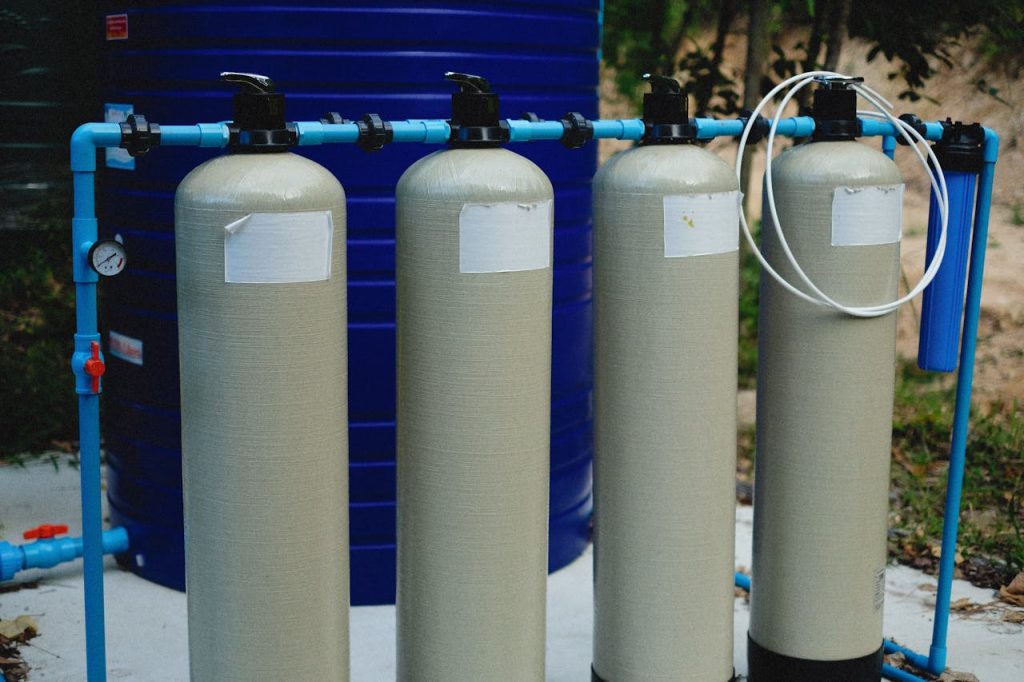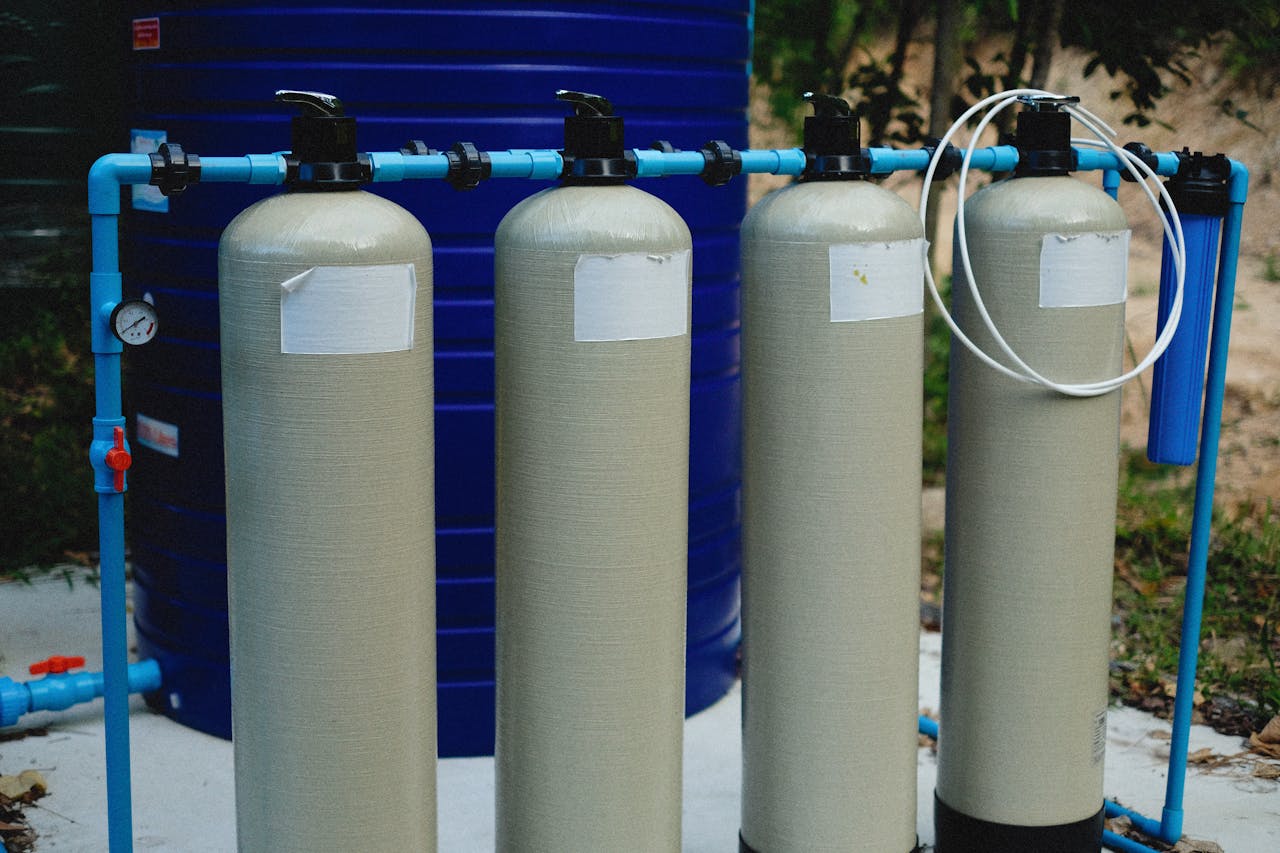In times of crisis, few things are as critical as clean, safe water. From drought-stricken regions to areas devastated by floods or conflict, access to water can mean the difference between life and death. In 2025, advancements in water tech are becoming indispensable tools for fast and effective disaster relief across Africa and beyond.
As humanitarian challenges grow more complex, the need for agile, portable, and sustainable water systems is escalating. Whether it’s emergency filtration, mobile purification, or atmospheric water generation, today’s innovations are bridging the gap between catastrophe and recovery.

Rapid Response: The Need for Speed in Relief Scenarios
Natural disasters strike unpredictably, leaving behind damaged infrastructure and contaminated water sources. The first 48 hours are the most critical for survival, and traditional water supply methods, like trucking or bottled water delivery, are often too slow or unsustainable.
Modern water tech solutions are designed to deploy fast. Mobile water purification units, solar-powered filtration kits, and inflatable water tanks can now be transported and activated within hours. This immediate response saves lives and provides a base of stability from which further relief efforts can build.
Innovations Changing the Game
Over the past decade, water purification technologies have evolved significantly. Compact reverse osmosis units, solar disinfection systems, and ultrafiltration devices are now available in portable formats. These tools can process water from rivers, boreholes, or even floodwaters to deliver drinkable supplies on-site.
Atmospheric water generators, machines that pull moisture directly from the air, are also gaining traction in regions where surface water is scarce or unreliable. Though traditionally power-intensive, recent innovations have made them more energy-efficient and viable for off-grid environments.
Tech-driven solutions like real-time water quality monitoring, GPS-enabled deployment tracking, and app-integrated control systems are also making it easier for response teams to manage resources effectively and make data-driven decisions on the ground.
Sustainability in Emergency Response
Sustainability is no longer a luxury, it’s a necessity, even in emergencies. The use of solar-powered pumps, biodegradable filtration media, and reusable components means that emergency water systems can now support communities for weeks or even months without replacement.
Sustainable water tech not only provides immediate relief but also lays a foundation for longer-term resilience. In some rural or peri-urban settings, equipment initially installed for disaster relief is later adapted into permanent infrastructure, reducing waste and extending the impact of humanitarian investments.
Addressing the Urban-Rural Divide
Access to emergency water systems often varies drastically between urban and rural regions. In urban slums or peri-urban zones, the issue is often contamination and overcrowding, while in rural areas it’s distance and infrastructure gaps.
Modern water tech is uniquely positioned to address both scenarios. Compact units can serve densely populated zones with minimal setup, while solar-powered borehole pumps and filtration systems can reach isolated communities without relying on grid power or extensive logistics chains.
Building Local Capacity and Trust
Disaster response isn’t just about delivering hardware, it’s also about people. One of the most effective ways to improve water resilience is by training local responders and community leaders to operate and maintain equipment. This ensures sustainability even after international aid agencies withdraw.
More organizations are now partnering with local companies to tailor water solutions for specific contexts. These collaborations help bridge language, cultural, and logistical gaps, making deployments smoother and outcomes more lasting.
Spenomatic Kenya Limited’s Contribution
At Spenomatic Kenya Limited, we understand the urgent and ongoing need for reliable water solutions in emergency contexts. Our team has supported installations across multiple sectors, including humanitarian projects, where access to clean water is not only vital but often lifesaving.
We supply and maintain a variety of mobile and permanent water treatment systems designed for remote and high-risk environments. Whether through solar-powered purification units or rapid deployment filtration systems, our goal is to ensure water is never a limiting factor in disaster recovery.
We also work alongside NGOs, community organizations, and health-focused partners to provide training, technical support, and long-term service options. Our approach ensures that systems continue to function long after the initial emergency has passed.
Conclusion
Disaster relief is becoming more complex, but so are the tools available to respond. Water tech is no longer just a supporting feature, it’s a frontline necessity. As climate-related events and regional conflicts continue to test emergency preparedness, investing in fast, smart, and sustainable water solutions has never been more important.
By leveraging modern technology and building partnerships with trusted providers like Spenomatic Kenya Limited, communities can face uncertainty with confidence and recover more quickly when the worst happens.
FAQs
1. What is the most important feature of emergency water technology?
Speed and portability. Systems that can be deployed quickly and run independently of grid infrastructure are essential in the first days of a disaster.
2. How is water tech evolving in 2025?
More solutions are becoming solar-powered, mobile, and equipped with smart monitoring tools. These changes help make deployments more efficient and longer-lasting.
3. Can water tech be reused after emergencies?
Yes. Many systems are designed for extended use and can be repurposed for long-term infrastructure once the initial crisis has passed.
4. How does Spenomatic Kenya Limited support disaster relief?
We provide mobile water purification systems and work closely with partners to ensure successful deployment, training, and aftercare, even in remote areas.
5. Why choose Spenomatic water tech solutions?
Our systems are built for both performance and resilience. We understand regional challenges and tailor our support to meet real on-ground needs, especially during emergencies.

